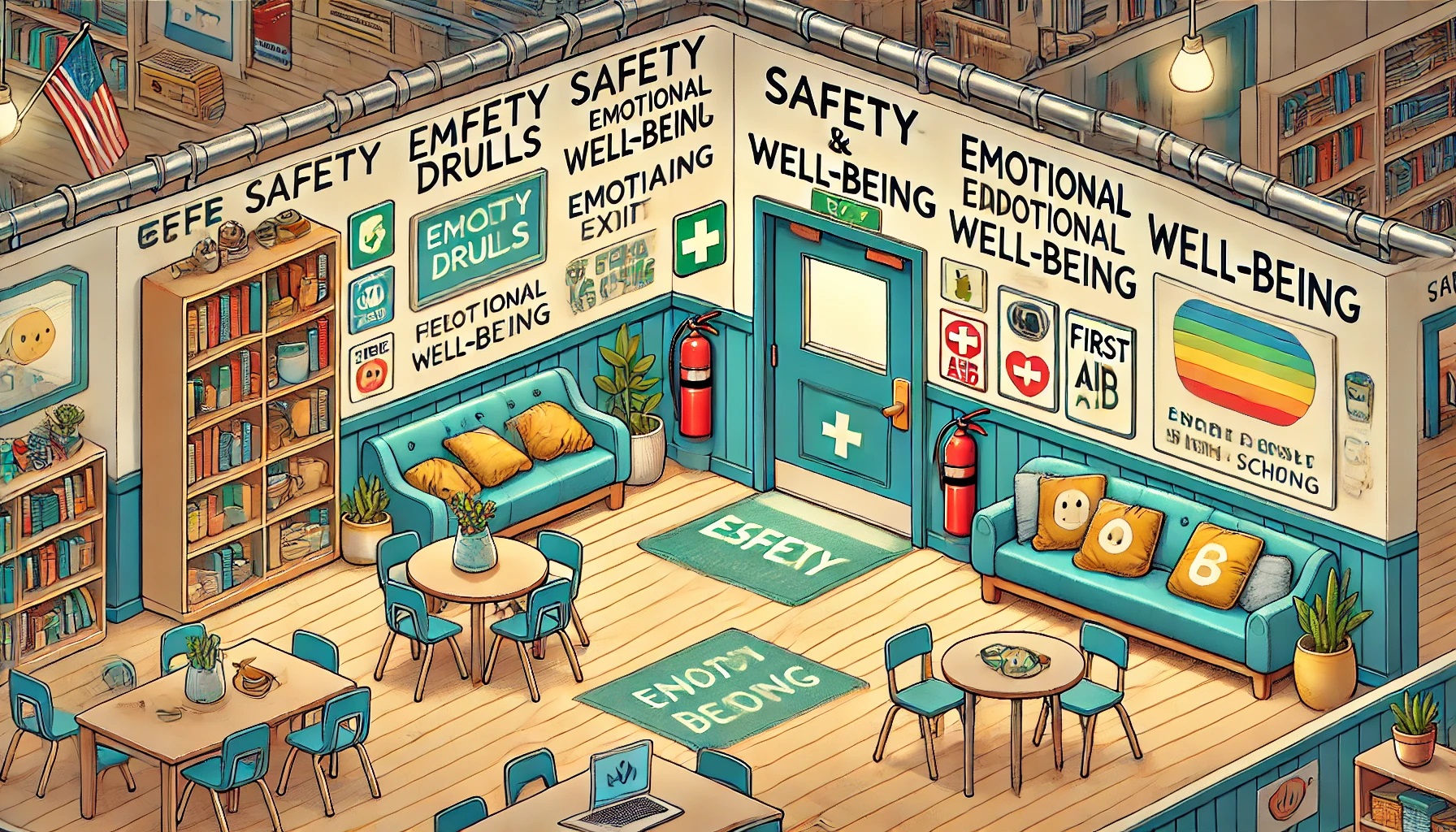In every school, the safety and well-being of students and staff form the bedrock upon which learning can thrive. A school's ability to provide a secure and nurturing environment is essential for fostering academic success, personal growth, and a positive school culture. For principals, creating and maintaining this environment is a critical responsibility. From addressing bullying to implementing safety drills and managing crises, principals are on the front lines of ensuring that schools are sanctuaries of learning and development.
The Challenge of School Safety
Consider the story of Principal Sarah Thompson from Meadowview Elementary, a school located in a suburban area with a relatively low crime rate. One morning, Sarah was called into action when a serious case of bullying was reported. A group of students had been targeting a younger classmate on social media, making hurtful comments and spreading rumors. This online bullying spilled into the school hallways, creating an environment of fear and anxiety for the victim.
Rather than simply punishing the perpetrators, Sarah took a holistic approach to the issue. She organized an anti-bullying campaign that involved students, teachers, and parents, emphasizing empathy, digital citizenship, and the importance of standing up for others. As part of the campaign, students participated in role-playing activities to understand how their actions could affect others, and a "buddy system" was introduced, encouraging students to support one another both online and offline.
Through this real-life example, Sarah demonstrated that ensuring student safety isn't just about responding to incidents—it's about proactively creating a culture where every student feels valued and protected.
Implementing Safety Drills: More Than Just a Routine
In addition to addressing bullying, principals are responsible for preparing their schools for a wide range of potential emergencies, from natural disasters to security threats. Regular safety drills may seem mundane, but they are crucial in ensuring that staff and students know how to respond in a crisis.
Take the example of Hillside Middle School, where Principal Mark Rodriguez recognized the need for more comprehensive emergency preparedness. After a nearby school experienced a lockdown due to a local security threat, Mark realized his school's current drill procedures weren’t thorough enough. He initiated a series of safety drills that simulated various scenarios, including fire evacuations, lockdowns, and even severe weather events.
Mark involved local law enforcement and fire departments in the drills, making them as realistic as possible. During the drills, he noticed that some students became anxious, so he collaborated with the school's counseling team to ensure emotional support was available. As a result, students and staff felt more confident and prepared to handle real emergencies. Mark's leadership in prioritizing safety drills transformed a routine procedure into a key element of school-wide well-being.
Crisis Management: A Principal's Leadership Under Pressure
One of the most challenging aspects of ensuring safety is managing a crisis when it happens. In a real-life scenario, Principal Janet Davis from Lincoln High School faced a terrifying situation when an unexpected gas leak was detected in the school’s science wing during class hours. The situation required an immediate evacuation of over 1,000 students, teachers, and staff members.
Janet's quick thinking and leadership played a critical role in ensuring the safety of everyone on campus. She quickly activated the school’s emergency evacuation plan, directing staff to guide students out of the building in an orderly manner. Meanwhile, she communicated with local emergency services, coordinated the response, and ensured parents were informed in real-time through the school’s communication app.
After the incident, Janet went a step further. She organized debriefing sessions with both students and staff to address any lingering anxiety and ensured that everyone was informed about the cause of the crisis and the steps taken to prevent future occurrences. Janet’s approach to managing the crisis underscored the importance of not only addressing the immediate threat but also providing emotional support and clear communication during and after an emergency.
Building a Culture of Safety and Well-being
For principals, fostering a safe and secure environment is about more than just enforcing rules and conducting drills—it’s about creating a culture where every student and staff member feels physically and emotionally secure.
At Greenwood High, Principal Lisa Parker launched a well-being initiative that focused on both safety and mental health. Recognizing that stress and anxiety can also impact a student's sense of security, she introduced mindfulness programs and designated quiet spaces throughout the school where students could take a break when feeling overwhelmed.
By prioritizing mental health alongside physical safety, Lisa ensured that the school's culture was one of understanding, compassion, and support. Students at Greenwood knew that their well-being mattered, and teachers were trained to recognize the signs of distress and how to respond appropriately.
Conclusion
The responsibility of ensuring safety and well-being in schools is a heavy one, but it is also one of the most rewarding aspects of a principal’s role. By addressing bullying, implementing effective safety drills, and managing crises with grace and preparedness, principals create environments where students can focus on what truly matters: learning, growing, and becoming confident, well-rounded individuals.
Real-life examples like those of Principals Sarah, Mark, Janet, and Lisa remind us that safety is not just a checklist but a dynamic process that requires foresight, compassion, and leadership. A safe school is one where every child feels protected, respected, and ready to thrive.




